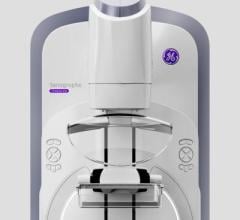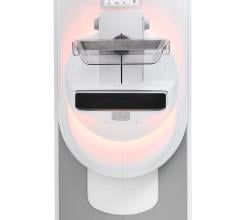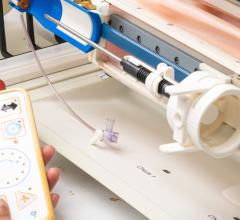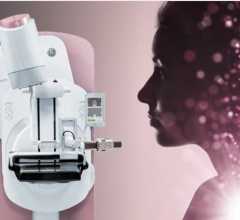June 18, 2007 — Early palliative care interventions can reduce the length of stay for seriously ill patients in the medical intensive care unit (ICU) by more than seven days without having an impact on mortality rates, according to the University of Rochester Medical Center.
Historically, palliative care was most strongly associated with end-of-life care with palliative care specialists seeing patients very late in their illness, often after patients had already been in intensive care for two weeks or more or after all other life-prolonging interventions had been exhausted.
The Rochester study, published in the June issue of Critical Care Medicine, sought to address this gap by instituting and evaluating the impact of early proactive palliative care consultations on high-risk patients' length of stay in the ICU, length of hospital stay, and mortality.
The study looked at the impact of palliative care interventions on all 191 patients admitted to the ICU at Strong Memorial Hospital in Rochester, NY, between March 2004 and March 2005 identified as having a serious illness and at high risk of dying. The patients were screened by physician and nursing palliative care leaders within 72 hours of admission.
Patients admitted during first phase of the study received a palliative care consultation only after a ICU physician referral as was the standard practice prior to the study. High-risk patients admitted during the second phase received a proactive palliative care consultation shortly after admission.
The study found that patients in the proactive phase had significantly shorter lengths of stay in the ICU than those in the first phase, while there was no difference between the two groups on total length of stay in the hospital or mortality rates.
In addition to improving quality of care, proactive palliative care consultation in the ICU has an unintended, yet relevant, benefit of financial savings. Extrapolating from the study's findings, the intervention potentially saved approximately 1,400 ICU patient days at a savings of around $450 per day.
For more information: www.urmc.rochester.edu


 December 02, 2025
December 02, 2025 









